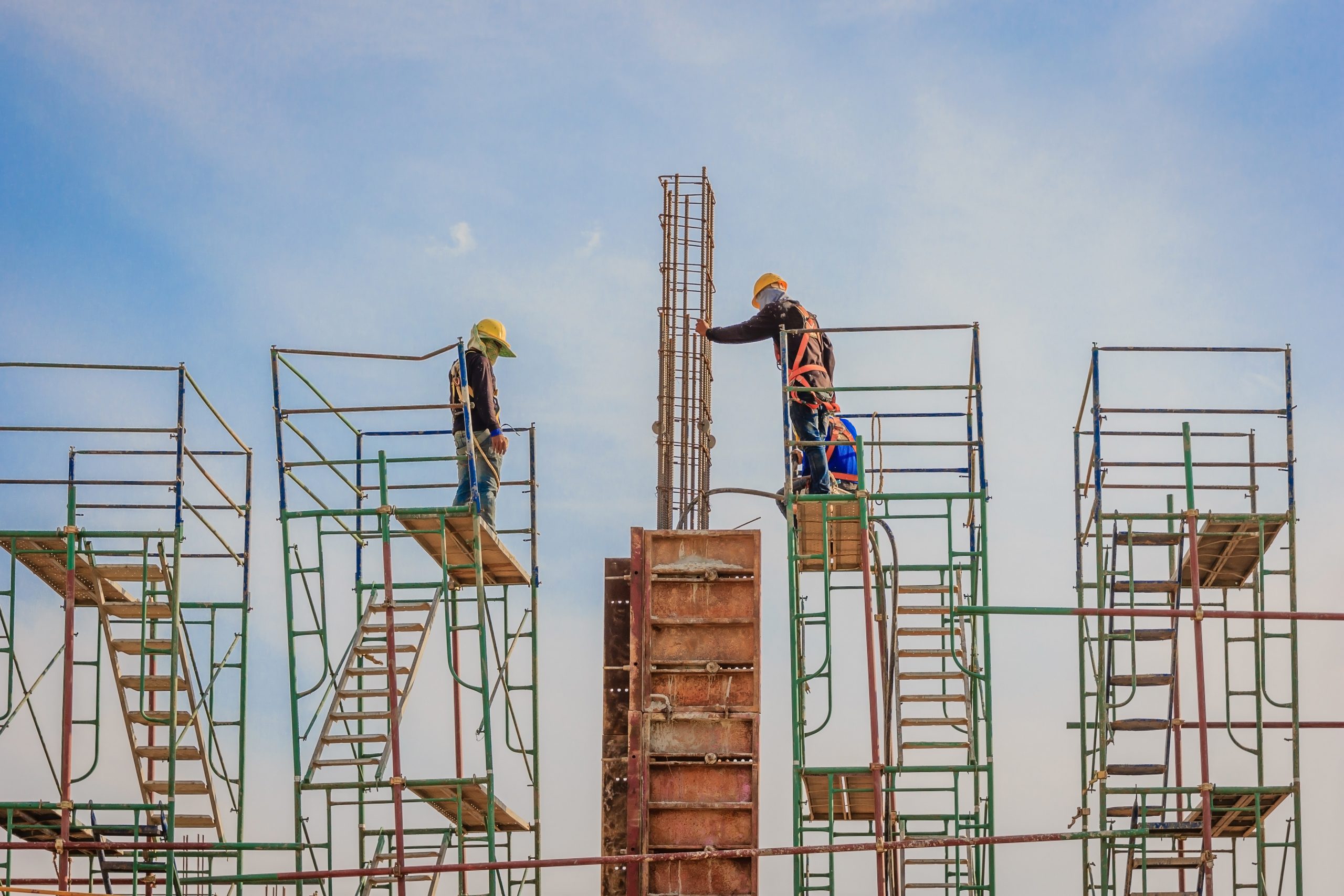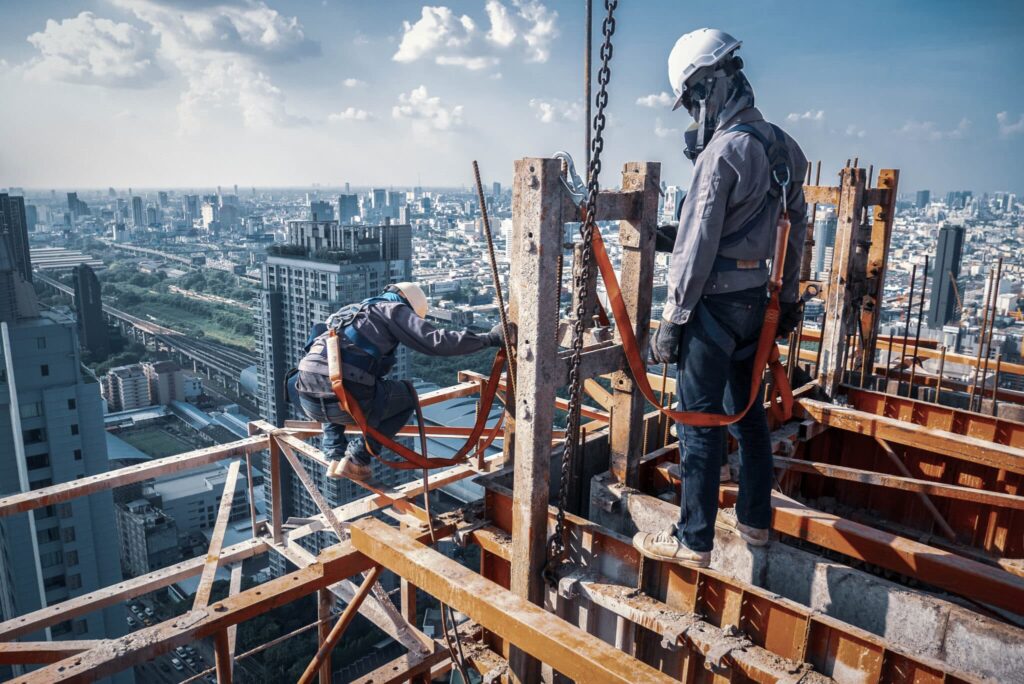Construction sites are inherently hazardous environments. Ensuring safety requires diligent planning, proactive management, and adherence to best practices. This article outlines key strategies for effectively managing construction site safety, enriched with historical context and real-world examples.
Historical Evolution of Construction Safety
Early Construction Practices
In ancient times, construction projects like the Egyptian pyramids and Roman aqueducts demonstrated remarkable engineering skills. However, safety was not a primary concern. Workers often faced perilous conditions, leading to high injury and fatality rates. The lack of protective gear and safety protocols made these sites extremely dangerous.
Industrial Revolution and Safety Awareness
The Industrial Revolution brought about significant changes in construction practices. The introduction of machinery and new materials transformed the industry. However, this period also saw an increase in construction-related accidents. It wasn’t until the early 20th century that safety became a formalized aspect of construction management. The establishment of organizations like the National Safety Council in the United States marked a turning point, promoting the importance of workplace safety.
Establishing a Safety Culture
Creating a culture of safety is paramount. Every team member must prioritize safety in all activities. This mindset starts at the top, with management setting the example.

Leadership Commitment
Leadership plays a crucial role in establishing safety protocols. Managers and supervisors should demonstrate their commitment to safety through actions and policies. This includes regular safety meetings and prompt responses to safety concerns. For example, Capital Associated Building Contracting in Dubai emphasizes leadership involvement in safety planning and execution, ensuring top management is actively engaged in safety initiatives.
Employee Involvement
Involving employees in safety planning fosters a sense of responsibility. Workers should participate in safety discussions and contribute ideas. Their firsthand experience often provides valuable insights into potential hazards and solutions. Construction companies like Capital Associated Building Contracting encourage worker participation through regular safety workshops and feedback sessions.
Comprehensive Safety Training
Training is essential for ensuring that all workers understand safety procedures. Effective training programs cover a wide range of topics relevant to construction site safety.
Orientation Programs
New employees should undergo thorough safety orientation. This program introduces them to site-specific hazards and safety procedures. Orientation ensures that all workers start with a solid understanding of the safety expectations.
Ongoing Education
Continuous education reinforces safety knowledge. Regular training sessions keep safety practices fresh in workers’ minds. These sessions can address new equipment, updated regulations, or recent incidents. Capital Associated Building Contracting, for instance, conducts quarterly training sessions to keep their staff updated on the latest safety protocols and industry standards.
Hazard Identification and Risk Assessment
Identifying hazards and assessing risks are foundational steps in managing site safety. A proactive approach prevents accidents before they occur.
Regular Inspections
Conducting regular safety inspections helps identify potential hazards. These inspections should be systematic and cover all areas of the site. Any identified risks must be addressed immediately.
Job Hazard Analysis
A job hazard analysis (JHA) breaks down tasks to identify specific risks. This analysis involves evaluating each step of a task to pinpoint potential hazards. Implementing control measures reduces these risks effectively.
Implementing Safety Measures
Practical safety measures protect workers from identified hazards. These measures should be clear, actionable, and enforced consistently.

Personal Protective Equipment (PPE)
Providing appropriate PPE is a basic yet critical safety measure. Workers must wear PPE suitable for their tasks, such as helmets, gloves, and safety glasses. Regular checks ensure PPE is in good condition and used correctly. Capital Associated Building Contracting is a construction company in Dubai, ensures that all workers have access to high-quality PPE and conducts regular inspections to maintain safety standards.
Safe Work Procedures
Developing and enforcing safe work procedures minimizes risks. These procedures outline the safest way to perform tasks. Workers should follow these guidelines strictly to maintain a safe environment.
Effective Communication
Clear communication is vital for maintaining safety. Information must be conveyed effectively to all workers, ensuring they are aware of potential hazards and safety procedures.
Safety Meetings
Regular safety meetings keep everyone informed about safety issues. These meetings provide a platform to discuss incidents, review procedures, and share updates. They reinforce the importance of safety and keep it at the forefront of daily activities.
Signage and Labels
Using signage and labels enhances safety communication. Clear signs indicate hazards, provide warnings, and offer instructions. These visual aids are crucial for preventing accidents, especially in high-risk areas.
Emergency Preparedness
Preparation for emergencies ensures a swift and effective response. Emergency plans should be comprehensive and well-practiced.
Emergency Action Plans
An emergency action plan (EAP) outlines the steps to take during an emergency. This plan should cover various scenarios, such as fires, medical emergencies, and natural disasters. Regular drills ensure that workers know their roles and responsibilities during an emergency.
First Aid Readiness
First aid readiness is a key component of emergency preparedness. Sites should have well-stocked first aid kits and trained personnel. Quick access to first aid can mitigate the severity of injuries.
Monitoring and Reviewing Safety Performance
Continuous monitoring and reviewing of safety performance help maintain high safety standards. This process involves tracking safety metrics and making necessary adjustments.
Safety Audits
Conducting regular safety audits assesses the effectiveness of safety measures. Audits involve a thorough review of safety procedures, equipment, and overall site conditions. Findings from audits guide improvements in safety practices.

Incident Reporting and Analysis
Prompt reporting and analysis of incidents prevent future occurrences. Investigating incidents helps identify root causes and implement corrective actions. Sharing lessons learned from incidents educates the entire team.
Utilizing Technology for Safety Management
Technology offers tools to enhance safety management. Leveraging these tools improves safety monitoring and response.
Safety Management Software
Safety management software streamlines safety processes. These platforms track training, inspections, and incident reports. They provide a centralized system for managing all aspects of site safety.
Wearable Technology
Wearable technology monitors workers’ health and safety in real-time. Devices can track vital signs, detect falls, and alert workers to hazardous conditions. This technology adds an extra layer of protection for workers.
Building a Safety-First Mindset
A safety-first mindset goes beyond compliance. It involves creating an environment where safety is an integral part of the work culture.
Encouraging Reporting
Encouraging workers to report hazards and near-misses improves safety. A non-punitive reporting system fosters open communication. Workers should feel comfortable reporting issues without fear of retribution.
Recognizing Safe Practices
Recognizing and rewarding safe practices reinforces positive behavior. Acknowledging workers who prioritize safety motivates others to follow suit. This recognition can be formal or informal, but it should be consistent.
Continuous Improvement
Safety management is an ongoing process. Striving for continuous improvement ensures that safety practices evolve with new challenges and advancements.
Learning from Others
Learning from other construction sites and industries provides new insights. Sharing best practices and lessons learned helps improve safety across the board. Networking with other professionals and participating in industry forums can facilitate this exchange of knowledge.
Adapting to Changes
Adapting to changes in regulations, technology, and industry standards is crucial. Staying informed about these changes ensures compliance and enhances safety. Regularly updating safety policies and procedures reflects this adaptive approach.
Conclusion
Effectively managing construction site safety requires a multifaceted approach. Establishing a safety culture, providing comprehensive training, and implementing practical measures are key steps. Effective communication, emergency preparedness, and continuous monitoring ensure a safe working environment. Utilizing technology and fostering a safety-first mindset further enhance safety management.
Continuous improvement keeps safety practices relevant and effective. Through these strategies, construction sites like those managed by Capital Associated Building Contracting in Dubai can achieve high safety standards, protecting workers and ensuring project success.





